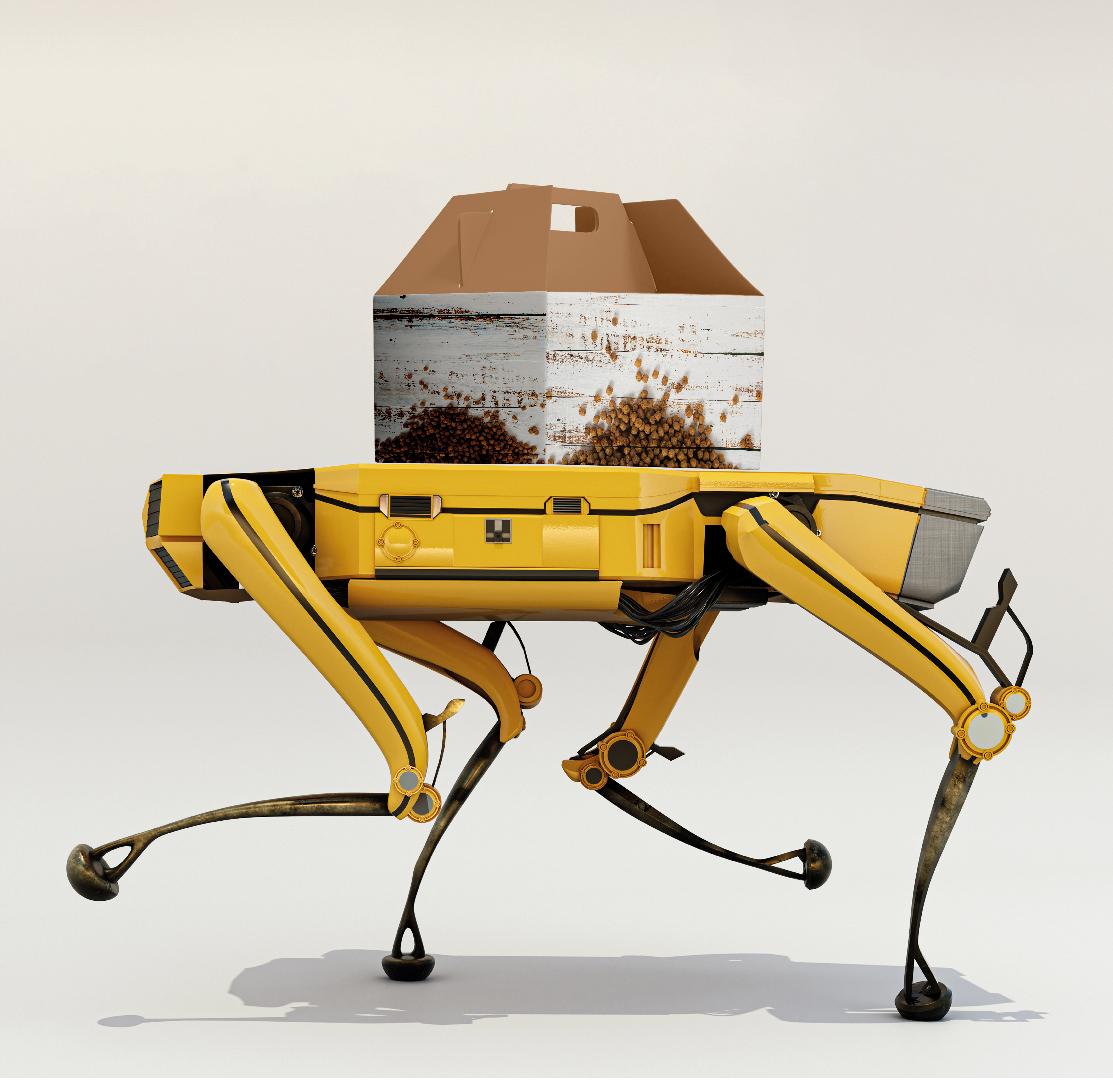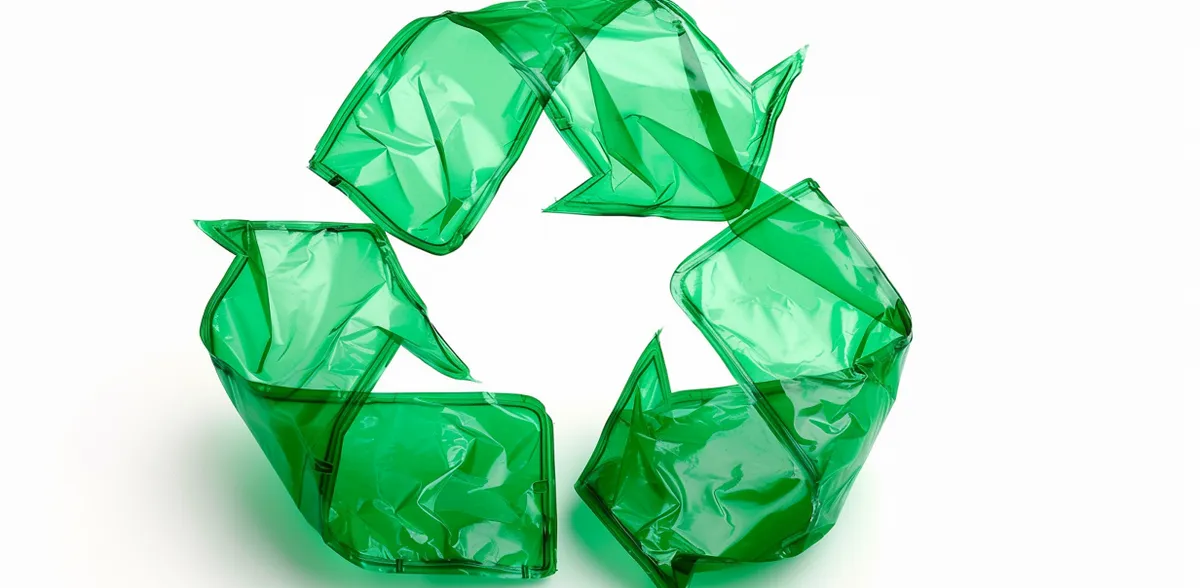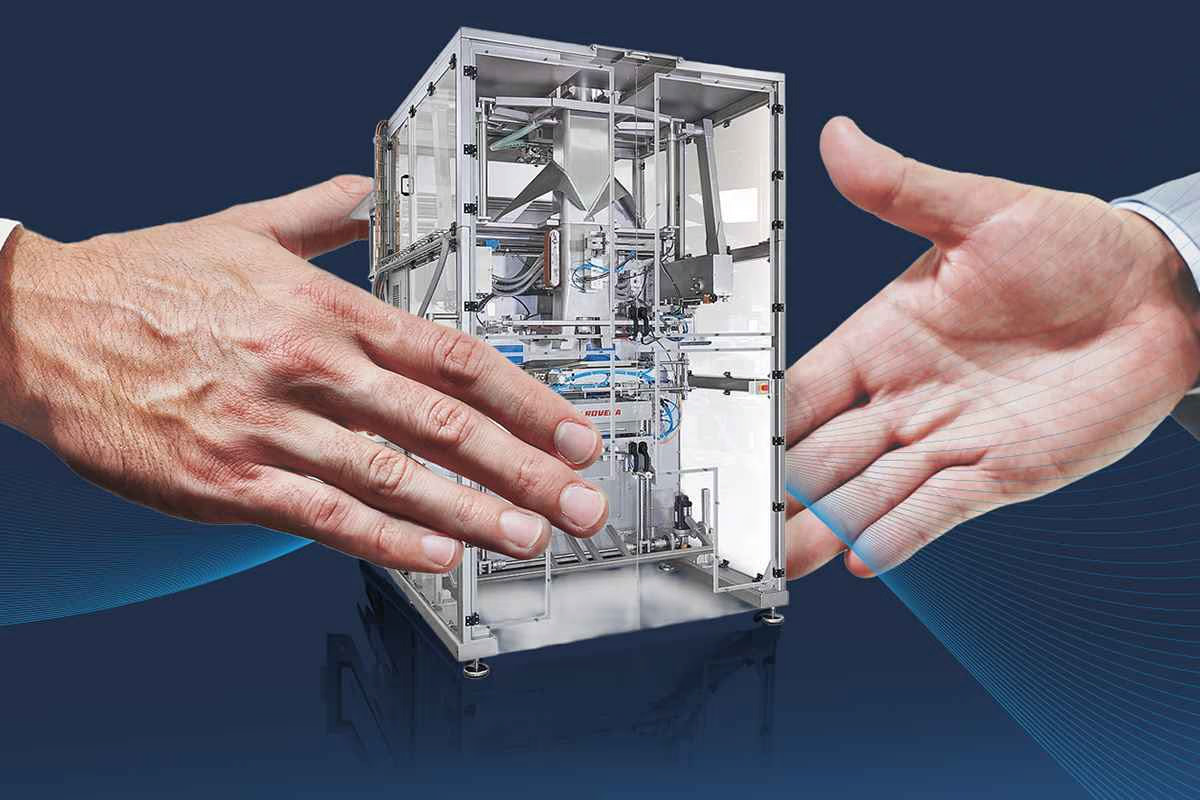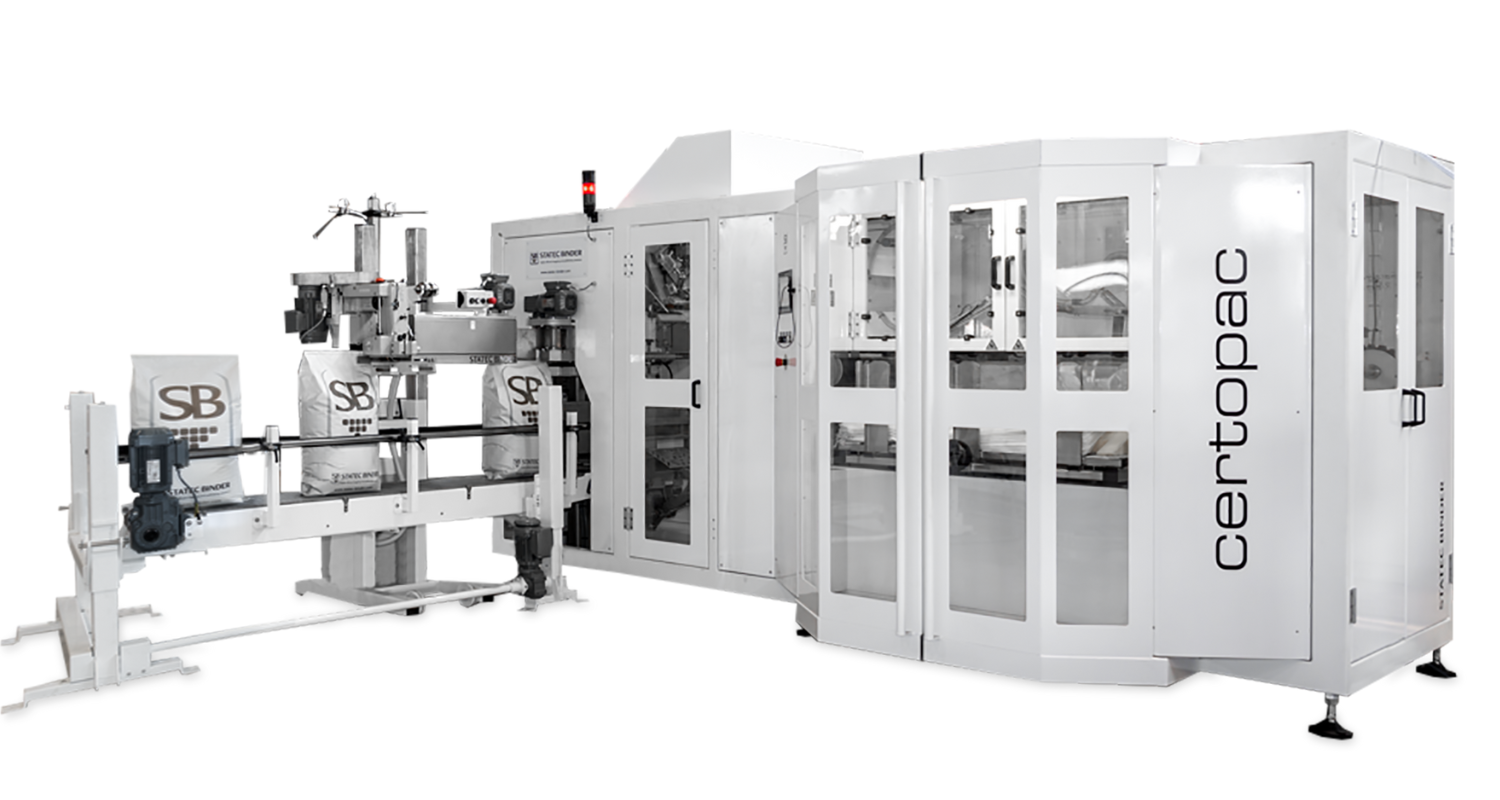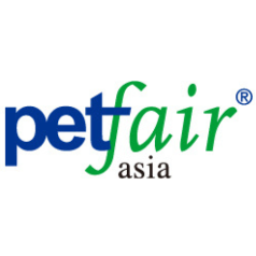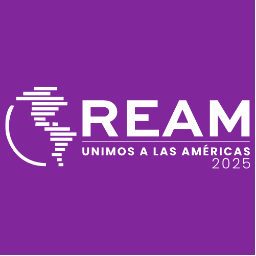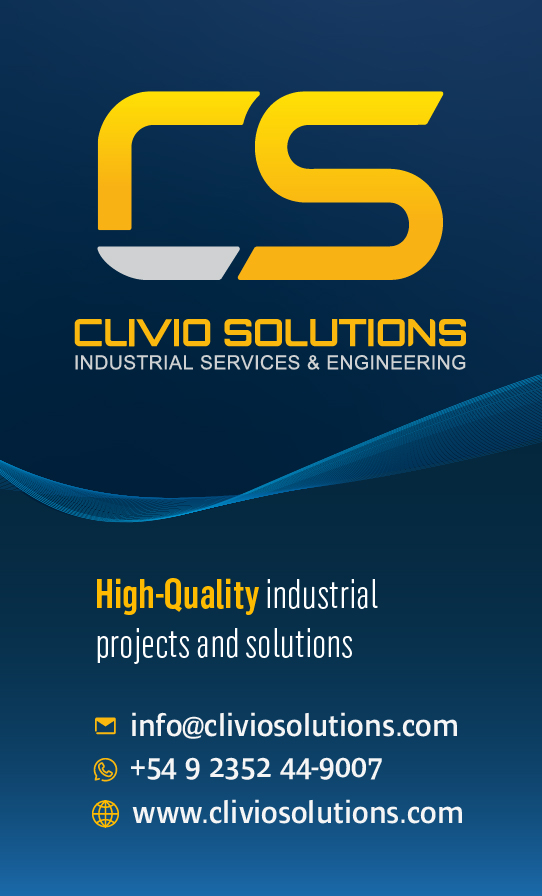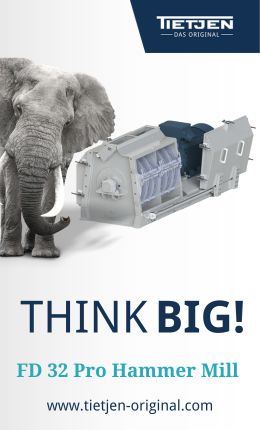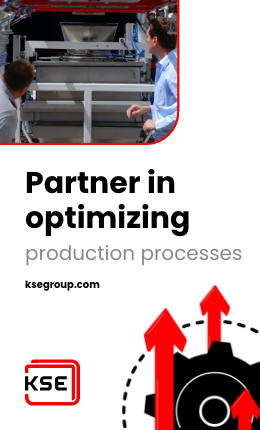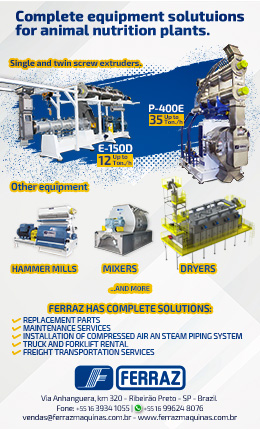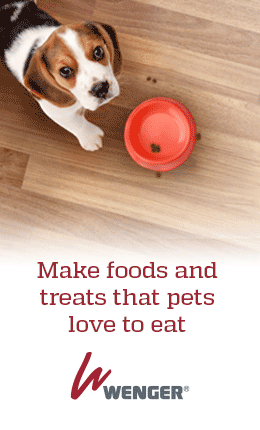However, the packaging sector is the one perceiving the major opportunities and benefits of converting manual processes into mechanized ones.
The man's best friend: a market full of possibilities
In this era of pet food driven by quality suitable for a humanized pet, the options on the market have never looked so aesthetic and never had such a promising future ahead of them.
To be part of that bright future, packaging production companies are beginning to find alternatives to modernize their products and processes and adopt more sustainable and innovative approaches. Automation is undoubtedly the Queen of all technologies in test and deployment.
Packaging is also in demand
Recent growth in changing and challenging demand for different packaging styles demonstrates that there is room for both rigid and flexible versions. Factors from increased ownership to pet humanization are spurring further diversification in products and packaging.
'General demand in pet food is rising at quite a high rate, but this is quite generally known. What is more interesting to us is the increased diversity', Milou Jansen, Lan Handling Technologies.
Non-stop growth: automation in food packaging
Automation in the food packaging process involves robotics for food material handling in the packaging process. Currently, most of the facilities of this type use complex machines throughout the assembly line, compared to a few years ago, when the man was the one in charge of these tasks.
Application in the pet food industry
Today, there are robotic solutions for every task that makes up the packaging line, from simple pick and place to complex operations such as sealing or bag making.
Benefits of automation in food packaging
Security
Automated industrial robots increase workspace protection and safety, thus preventing worker injuries. In addition to reducing risk and proper machine maintenance, we can avoid system errors and breakdowns that can cause not only unforeseen expenses but also stop the production chain.
Contamination
The packaging stage presents a significant risk of biological, chemical, and physical contamination of food products (by foreign objects in the packaging materials, cleaning compounds, or dirty or broken packaging materials, for example). Using hygienic packaging methods that minimize human contact and other contamination sources is part of the automation benefits.
Scalability
The use of robotics in the food industry can increase production line productivity considerably, being able to process large volumes at an amazing speed and, at the same time, minimize the need for labor.
Flexibility
Robot performance and production can be adjusted according to each product requirement.
Reduced costs
By comparison, in the long run, manual canning is much more costly than automated canning, which requires less labor and little to no regular maintenance to avoid more costly breakages.
Result consistency
Since the packaging is done robotically, human error in operations, weighing, and precision is avoided.
Full traceability
Automated food packaging provides end-to-end traceability of the entire production line, providing accurate records of the facilities and processes a food product has gone through.
Sustainability
Automation can also be a step towards greater sustainability. Yes, machines require energy and raw materials, but by avoiding human error, waste is avoided in large quantities.
Automation trends in food packaging
The demand for robotics in the food packaging sector is increasing dramatically, mainly because more and more manufacturers are realizing the convenience and efficiency that these machines provide, so they are adopting them to meet the growing demand. Let's know the most used variants currently:
Pick and place
Processed foods are often uniform in size and shape, making them easy to handle with a robotic gripper. Pick and place robots lift food products from one place and set them in another, even from a moving assembly line. With the simple action of picking and placing, they can identify, align and place the product simultaneously. The non-robotic alternative would be to use fixtures, which are inflexible to product changes and can take up a lot of space.
Raw food packaging
This process involves taking raw or processed food products and wrapping them, such as raw vegetables, fruits, seeds, grains, etc. This primary packaging technology specializes in these items generally using paper or polyethylene material that does not chemically react with food and is cost-effective.
Depanning
Baked or frozen products are mass-produced, and robots are needed to leave them ready for primary packaging. This process typically involves scooping up an entire tray of baked goods with a specialized demolding tool.
Denesting
This process is often carried out with demolding: the demolding robot takes an object stacked in "the nest" and places it where it belongs. Robots that do this do not deal directly with food but rather sort packaged items for delivery to the packing station to reduce downtime.
Boxing
Secondary packaging involves taking individually packaged products and grouping them into boxes or containers already sealed. These robots, known as boxing machines or case packers, can be used in a variety of secondary packaging applications, including delicate food handling. In addition, they are also usually in charge of assembling the boxes from cardboard sheets.
Palletizing
Palletizing systems are the last step in the food production and packaging line. It involves stacking boxes one on top of the other and preparing them for distribution and shipping. This is almost always a tertiary packaging method accomplished by collaborative robots.
The future of packaging automation is positive
Food packaging has three main purposes: preserving products, providing information, and attracting consumers. Implementing a smart food packaging solution ensures that products are packaged in the most hygienic, informative, and attractive way possible.
The packaging process is often your last checkpoint before your product leaves your production facility, so getting it right is essential, but not just for food safety reasons. Today, it is an instance of the production process that, if done correctly and robotically, can bring great benefits (instead of problems) to the company.
Source: All Pet Food Magazine
You could be interested: Sustainable Packaging: Innovation and Collaboration for a Greener Future
About author
María Candelaria CarbajoI’m a creative, interdisciplinary person, translator, and editor. I collaborate in producing and writing creative, high-impact projects to promote cultural exchange, transmit differential values, and connect with people/the audience. Likewise, I enjoy teamwork and joining forces, experiences, and knowledge to bring the world all the potential of those ideas that seek to impact people’s lives positively.










